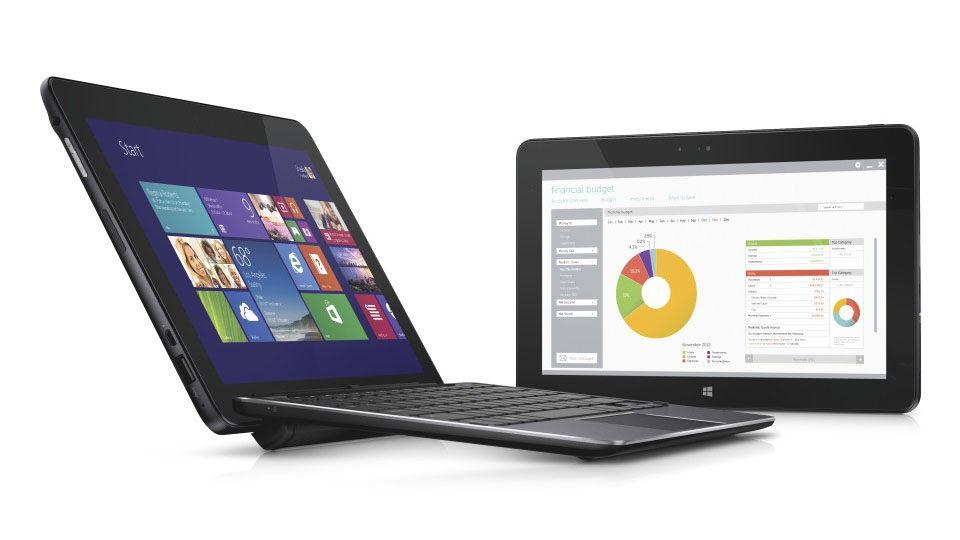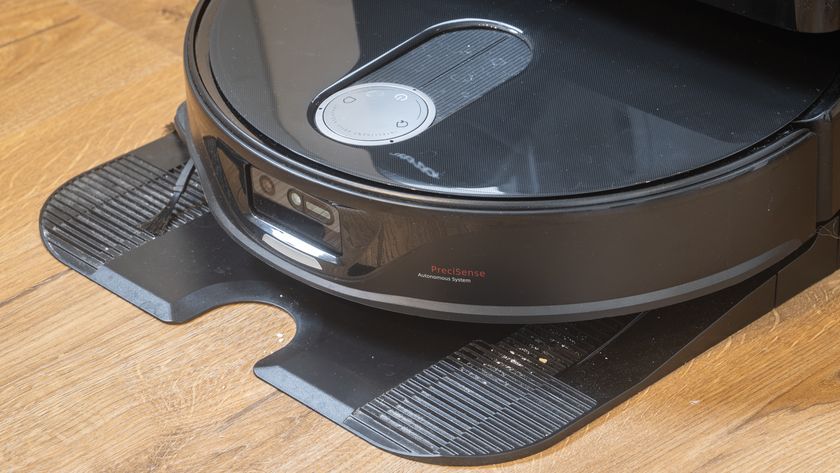How to back up and control devices remotely
All businesses can benefit by embracing mobile devices

The rise of BYOD (Bring Your Own Device) across the business landscape is presenting business owners with a unique set of challenges.
David Willis, Vice President and Analyst at Gartner said: "The market for mobile devices is booming and the basic device used in business compared to those used by consumers is converging. Simultaneously, advances in network performance allow the personal device to be married to powerful software that resides in the cloud."
What this means for business owners is that the mobile devices that are being used across their organisations need to be properly managed to ensure they fall within the security and data management policy that is applied to desktop and notebook computers.
In practice, this means developing a new system to ensure that data on these devices is backed up and software upgrades and other enhancement can be performed without a time and resource overhead.
Brian Horsburgh, Regional Sales Manager, Dell KACE advised: "Supporting BYOD means expanding your estate from one set of machines to a plethora of potential assets. Rather than one Windows operating system and one hardware type, companies can have different OS and hardware types to consider as well as multiple types of device.
Users can be working on different assets based on where they are and what task they are doing at any given time. This blend of IT needs management, so being able to handle different OS and device types is a must-have."
Managing devices
For small businesses, IT management can be a major drain on their resources. Add BYOD into the mix and it is very easy to suddenly have a data environment that is hard to manage and is not secure. Dell comments:
Are you a pro? Subscribe to our newsletter
Sign up to the TechRadar Pro newsletter to get all the top news, opinion, features and guidance your business needs to succeed!
"Ensuring secure access to and protection of corporate data and applications on mobile devices is one of the most complex challenges facing IT. In an "anytime, anywhere, any device" environment, IT needs to empower employees to work on their device of choice, while still ensuring the security compliance and data loss prevention necessary to obtain enhanced employee productivity."
What this means is that devices need to have what can be sensitive data regularly backed up as part of your business' usual data management and integrity regime. In addition, as these mobile devices become ubiquitous and grow in number, updating these devices also needs to be managed efficiently.
As BYOD has proliferated, these management systems have rapidly evolved. Today systems including Mobile Application Management (MAM) and Mobile Device Management (MDM) can be used to manage a BYOD data environment. These systems are increasingly becoming important as Dell's Brian Horsburgh explained:
"There are problems around ownership of assets – if a user is working on their device and needs a new application, then who owns that asset? Managing this in the right way means knowing who has what assets in the first place, what additional assets the job role may require, and then keeping track of those applications or devices in the longer term. In a high-profile case that came to light in 2012, fraudulent versions of popular mobile games like Angry Birds were found to have racked up nearly £28,000 in premium rate calls, demonstrating the very real dangers of rogue apps"
What is clear is that small business in particular that want to leverage the advantages that mobile data devices offers them must bring these devices into their organisation's wider data management polices. Hefty fines have already been given for data breaches on mobile devices, and with security being at the forefront of today's data-driven business, developing a 360-degree approach to data and device management is a commercial imperative. In essence managing your mobile data devices can be achieved in three steps:
- Define your IT requirements - Placing mobile data device within the wider IT management of your business is now vital. Audit your business' existing use of mobile devices and how this will evolve over time. Assess how apps will be managed and updated. How security will be implemented and lastly, how data will be backed up to avoid loss.
- Define your legal requirements - What has become abundantly clear is that BYOD has revealed a number of legal issues that all businesses must address. The use of personal smartphones and tablet PCs, and managing the apps and data these devices contain is vital to appreciate. Look closely at your business' legal standing when using apps and of course how your business' security policy needs to be extended to these mobile devices.
- Implement MDM services - Updating apps and backing up data can be managed by an MDM. When contemplating these applications consider the ease of administration, the platform's flexibility, whether the services leverages your existing IT infrastructure, how security is managed and whether particular user groups can be defined for app or security updates.
Said Ram Varadarajan, General Manager, New Business Innovation, CA Technologies. "The potential of not complying with key regulations, inadvertent dissemination of corporate information, or negatively impacting brand reputation because of poor customer experience though a mobile application shopping experience, are just a few examples of risks faced by organizations that do not have an enterprise-wide mobility strategy."
With Dell in its whitepaper Embracing BYOD concluding: "A wide range of MDM vendors offer tools for tracking and securing mobile devices, and many offer features like file synchronization, app sandboxing and secure network tunnels for corporate data. The Gartner Magic Quadrant provides a good survey of the current major players. Over time, we expect to see more and more MDM features included in the major endpoint management solutions from Dell, Microsoft, Symantec and others."
What is clear is that BYOD is here to stay. Business owners will increasingly have to accommodate these devices across their business landscape. Developing a comprehensive and integrated data backup and application updating service now will enable smaller enterprises in particular to reap the rewards that BYOD offers.













